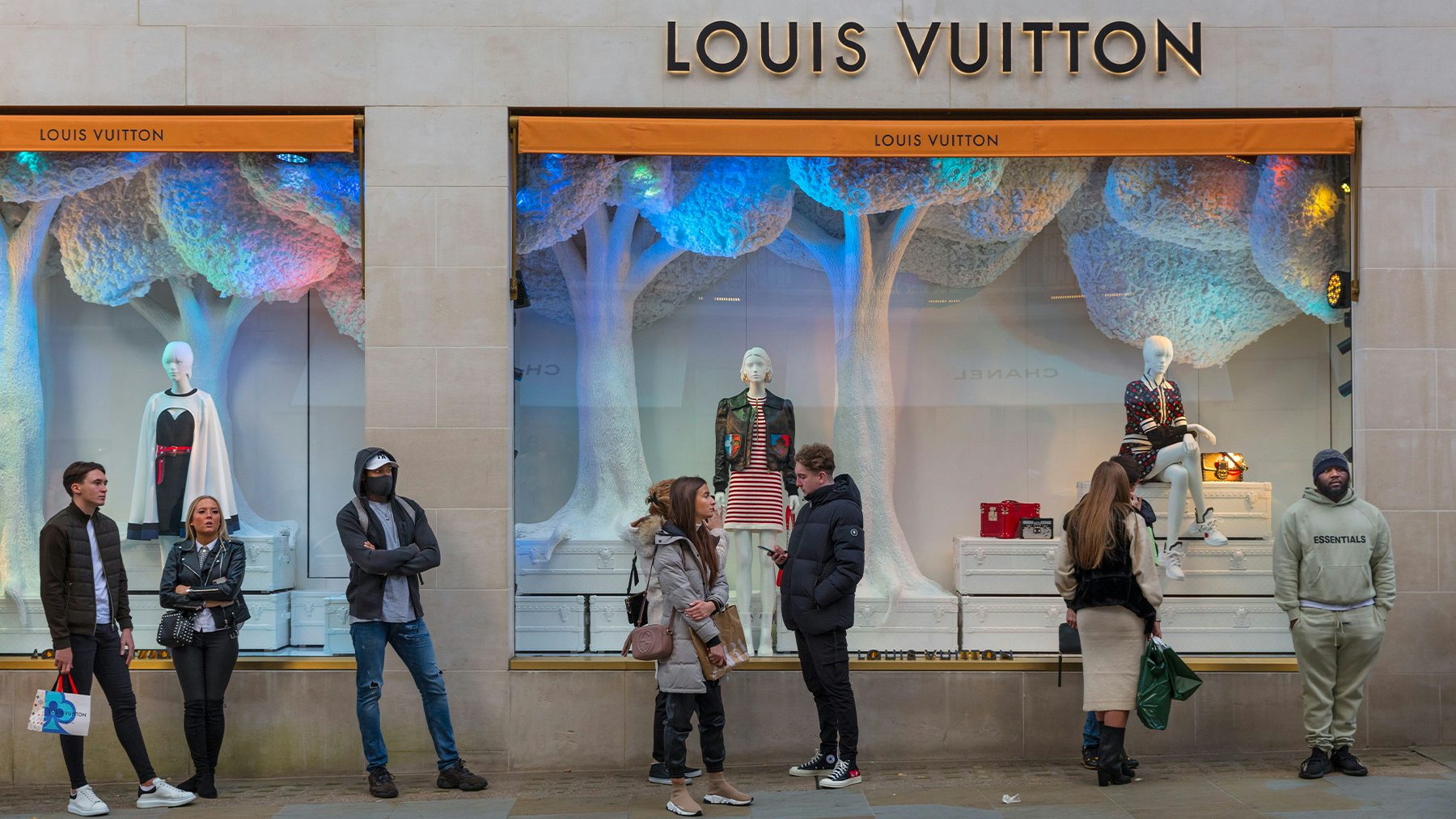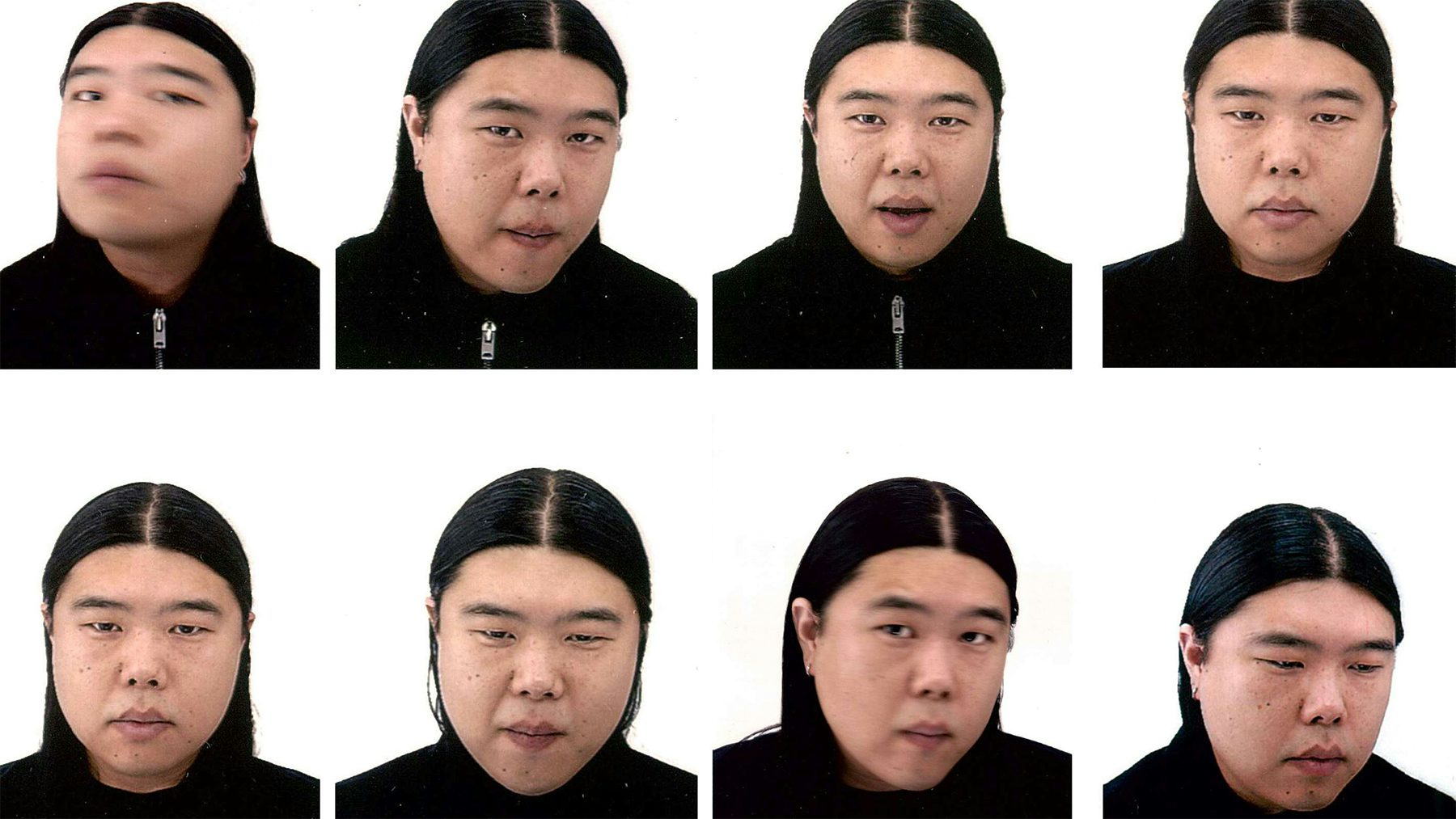Luxury’s Fur Calculus: To Ban or Not to Ban? | This Week in Fashion, BoF Professional
At Fendi’s Milan show on Wednesday, models sashayed down the runway in ‘70s-disco-inspired glam, punctuated by the decadent furs the LVMH-owned label is known for. Less than 48 hours later, the group’s arch-rival Kering announced it was going fur-free.
While not so long ago, the declaration would have been seen as radical, now the most remarkable thing about it might be how clearly it contrasts with the approach taken by LVMH.
Kering never sold large volumes of fur in the first place and its brands have been gradually removing the materials from their products for years, with cash cow Gucci famously declaring fur passé in 2017. The group’s decision to go fully fur-free (only Saint Laurent and Brioni still sold fur) aligns all its brands with a broader market trend that has seen fur fall from fashion, buffeted by declining consumer interest, animal-rights activism and government action to ban its sale and production in several places. California became the first state to ban fur in 2019, while Israel became the first country to ban the material, with exceptions for religious observances, earlier this year.
The pandemic has only furthered fur’s decline. An outbreak of Covid-19 on mink farms in Denmark resulted in a government-mandated cull that effectively wiped out the industry in the world’s largest producer of mink pelts.
Luxury labels like Prada, Versace, Burberry and Chanel all said they would give fur up years ago, taking a relatively small hit to sales, while scoring plenty of public relations points. But the world’s largest luxury group, LVMH, has been conspicuously silent on the subject. So have many of its brands, which typically operate with a greater degree of independence than Kering’s labels as part of a federation-style model.
Will LVMH ever give up fur?
The calculus for the luxury giant is more complicated than at many other luxury companies. Several LVMH labels don’t use fur, though they rarely advertise that. (A notable exception is famously anti-fur Stella McCartney, in which LVMH acquired a minority stake in 2019). On the other hand, the group’s biggest brands, including powerhouses Dior and Louis Vuitton consistently feature fur in their collections. For Fendi, another major contributor to group revenue which started as a furrier in 1925, the material is at the very core of its heritage and legitimacy as a luxury house.
Meanwhile, public proclamations against fur by other LVMH brands, though they may sell little or no fur, would likely add momentum to calls by advocacy groups to ban the material altogether, just as statements from other luxury players have done, isolating the likes of Dior and Fendi on the issue.
“As long as Fendi is part of that group and Fendi has a close association with fur, it’s going to be a long time before LVMH goes fur-free,” said PJ Smith, director of fashion policy at the Humane Society.
For other companies less intimately linked to the material, the equation is very different. Abandoning the material can lead to a positive public relations coup for brands, particularly among socially conscious young consumers, while having a limited negative on the bottom line.
When Gucci announced it was going fur-free in 2017, the material accounted for around €10 million in sales, or roughly 0.2 percent of revenue. The brand’s Instagram post announcing the news was among its top performing posts at the time, gaining nearly 180,000 likes. Kering declined to provide details of the current value of fur sales across the group.
For Kering, the move is also in line with its wider corporate strategy to define its brand of luxury as “caring” (a key element of its 2013 decision to rebrand from PPR to Kering) and embrace a framework of ethical and environmentally responsible business practices that resonates with an increasingly value-conscious consumer.
“That’s the new definition we need to understand very well,” chief executive François-Henri Pinault said. “Through this lens, some materials have no place in luxury.”
While that’s not a position LVMH is likely to take any time soon, the luxury group has been quietly making adjustments that nod to changing attitudes towards fur. It’s put in place strict sourcing standards for animal welfare and has appointed an external committee of experts to assess efforts to improve. Some brands have tried working with faux fur alternatives.
Fendi rebranded its Couture Week show in 2018 as haute couture, rather than haute fourrure. It’s given the material less prominence on the runway and started experimenting with recycled fur.
But perhaps one of the biggest barriers to any major change in LVMH’s stance on fur is that the debate has not touched its bottom line. The group’s fashion division has come roaring back from the pandemic, powered by sales from fur-selling Louis Vuitton, Dior and Fendi.
Disclosure: LVMH is part of a group of investors who, together, hold a minority interest in The Business of Fashion. All investors have signed shareholders’ documentation guaranteeing BoF’s complete editorial independence.
THE NEWS IN BRIEF
FASHION, BUSINESS AND THE ECONOMY
LVMH is planning a recruitment to attract young talent. Getty Images.
LVMH plans a hiring spree to recruit young talent. The French luxury conglomerate announced a major recruitment drive on Wednesday. It plans to offer 2,500 permanent contracts to candidates under the age of 30 in its home country of France by the end of next year.
Unit of SMCP’s majority shareholder fails to redeem bonds. The French fashion company, which owns brands including Sandro and Maje, said Thursday that European TopSoho — a unit of its majority shareholder — had failed to redeem €250 million ($293 million) of bonds exchangeable into SMCP shares.
Vestiaire Collective hits $1.7 billion valuation with new fundraiser. Investors are piling into the fast-growing resale space, with the European platform attracting high-profile backers like SoftBank in its latest funding round. The biggest platform for luxury resale closed a €178 million ($210 million) funding round on Wednesday.
Printemps launches resale and vintage in renovated top floor. The space will include a secondhand luxury department curated by Vestiaire Collective’s former head of vintage, Marie Blanchet, as well as a buyback programme where clients can sell items for store credit. Printemps says it will be the largest department store section dedicated to secondhand fashion.
Jean Paul Gaultier collaborates with Lil Nas X. Coinciding with the release of Lil Nas X’s debut album “Montero,” the capsule collection, which includes 666 units of a remixed version of the brand’s archival mesh top, was released Monday.
Korean retail giant E-Mart to shutter specialty stores. After E-mart’s owner Shinsegae acquired eBay’s Korea business in June, it is seeking to sharpen focus on its core offerings and will close Electro Mart and PK Market, The Korea Times reports.
Russian e-commerce giant Wildberries expands to Baltics. Russia’s online mass market fashion leader has launched in three Baltic states, adding Latvia, Lithuania and Estonia to its rapidly growing roster of international markets. It is now present in 14 countries outside its home market.
PEOPLE
Shang Xia hires designer Yang Li. Shang Xia.
Shang Xia hires designer Yang Li. The Beijing-born Central Saint Martins alum has joined the Chinese luxury brand, which was established by Hermès and designer Jiang Qiong Er a decade ago, as its fashion creative director. Li will present his first collection for Shang Xia on Oct. 4 at Paris Fashion Week with the brand’s first-ever fashion show.
Matches Fashion names Paolo De Cesare its new CEO. De Cesare previously served as the chief executive of Parisian department store Printemps until March 2020. The Matches announcement follows an ongoing executive reshuffling at the company. Earlier this year, former chief executive Ajay Kavan left his position after one year in the job and the role had been vacant since.
Hamish Bowles named editor-in-chief of World of Interiors. The American Vogue editor will move to London to lead the British Condé Nast magazine. Bowles said in an Instagram post announcing the news that he will retain his title as global editor-at-large at Vogue, where he has worked since 1992.
Editor Richard Buckley dies at 72. The writer, editor and husband to designer Tom Ford died from “natural causes after a prolonged illness” at home in Los Angeles on Sunday, according to a representative for Ford. Buckley and Ford met at a fashion show in 1986, when Buckley was an editor for Women’s Wear Daily, and were together for 35 years, marrying in 2014. They share a son, Alexander John Buckley Ford, who was born in 2012.
MEDIA AND TECHNOLOGY
Balenciaga and Fortnite team up for virtual clothes collaboration. Fortnite.
Balenciaga and Fortnite team up. The luxury house and video game unveiled a collaboration on Monday including virtual clothes, accessories, an immersive destination within Fortnite inspired by Balenciaga designs and a physical line of products on sale at Balenciaga’s stores and e-commerce sites.
CreatorIQ acquires Tribe Dynamics for roughly $70 million. The influencer marketing platform, which counts companies like Disney and Unilever as clients, acquired Tribe Dynamics, another influencer marketing platform known best for its analytics software, in a deal expected to close this fall.
Compiled by Joan Kennedy.



